Astronomy
-
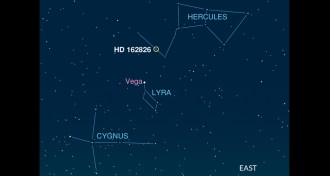 Astronomy
AstronomySun’s sibling spotted
A nearby star may have come from the same birth cluster as the sun; learning how to find other solar siblings could point the way to their common origin.
-
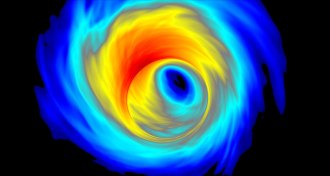 Cosmology
CosmologyThe mysterious boundary
A debate has arisen over whether an astronaut passing a black hole’s point of no return would get stretched to death or flash-fried. Resolving the controversy may lead to new insights about gravity and more.
By Andrew Grant -
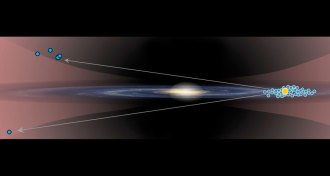 Astronomy
AstronomyMilky Way’s far side reveals some secrets
Variable stars provide first direct measurements of distance to the far side of the Milky Way.
-
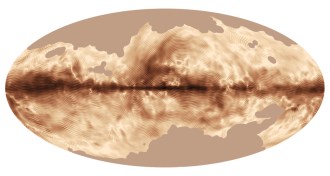 Astronomy
AstronomyMilky Way’s magnetic field mapped
The Planck telescope sees the galaxy’s magnetic field in polarized light bouncing off interstellar dust grains.
-
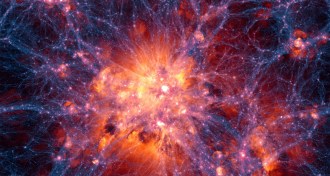 Cosmology
CosmologyUniverse re-created in computer simulation
The Illustris Project traces the detailed evolution of the universe starting from 12 million years after the Big Bang.
-
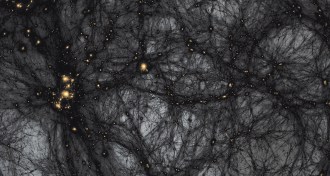 Astronomy
AstronomyIlluminating a dark universe
The film "Dark Universe" compresses a century of discovery into a crisp, comprehensible half hour.
-
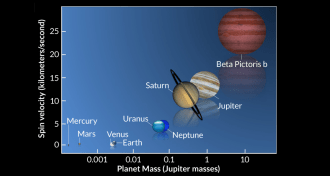 Astronomy
AstronomyExoplanet spin measured for first time
Astronomers measure the spin of a planet outside our solar system, and its days are short: just over eight hours.
-
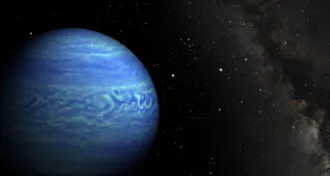 Astronomy
AstronomyChilly starlike orb found just a few light-years away
WISE J085510.83-071442.5 is the coldest brown dwarf found to date.
-
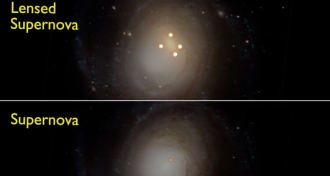 Astronomy
AstronomyMore details of super-bright supernova released
A supernova whose light was magnified by a large galaxy in front of it is changing the way astronomers think about distant cosmic objects.
-
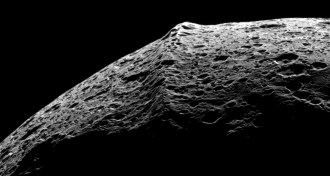 Planetary Science
Planetary ScienceMountains on Saturn moon may have come from space
A mountainous ridge around the equator of Iapetus, one of Saturn’s moons, may have formed from cosmic debris.
By Meghan Rosen -
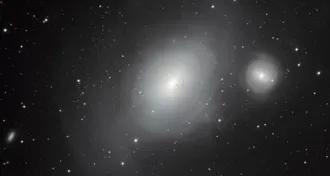 Astronomy
AstronomyDistant swirling galaxy dwarfed by violent star killer
In a mosaic of images from a telescope in Chile, dark dust lanes and twisting tails betray a history of galactic collisions.
-
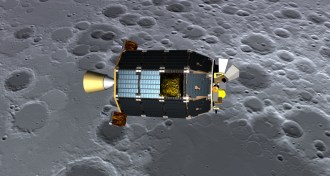 Planetary Science
Planetary ScienceRIP LADEE: 9/6/2013 – 4/18/2014
NASA’s Lunar Atmosphere and Dust Environment Explorer (LADEE) mission ended April 18.